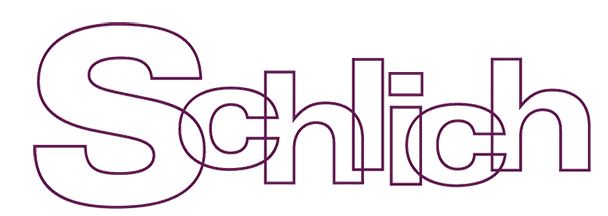The USPTO updates their instructions to Examiners in the light of LKQ Corp. v. GM Global Tech. Operations
Registered Design Rights be they UK Registered Design Rights, European Registered Design Rights, US Design Patents or Registered Design Rights granted in other jurisdictions are highly useful Intellectual Property Rights that have been increasing in commercial importance in recent years. However, there are significant differences in the requirements for registration of a design right in the US versus the UK and Europe. A recent en banc decision by the US Federal Circuit in LKQ v. GM Global Tech. Operations has widened those divisions still further.
Registered Design Rights be they UK Registered Design Rights, European Registered Design Rights, US Design Patents or Registered Design Rights granted in other jurisdictions are highly useful Intellectual Property Rights that have been increasing in commercial importance in recent years. However, there are significant differences in the requirements for registration of a design right in the US versus the UK and Europe. A recent en banc decision by the US Federal Circuit in LKQ v. GM Global Tech. Operations has widened those divisions still further.
The day after the decision issued, on 21 May 2024 the United States Patent and Trademark Office (USPTO) issued updated guidance as examination instructions regarding the obviousness of design patents in line with this new decision. The full effect of this shift in practice will only become clear as the courts apply the new standard. However, initially it appears that the bar for non-obviousness will be significantly raised and therefore we might expect to see many more challenges to the validity of granted registered design patents in the US, and many more successful challenges.
The thrust of the court’s reasoning is to bring the tests for the assessment of obviousness of a US design patent into line with those of a US utility patent.
Until issue of this decision, the US courts assessed the obviousness of design patents using the two step “Rosen-Durling” test derived from Durling v. Spectrum Furniture Co., Inc. Thus the test for obviousness for a design patent was significantly different from a utility patent.
To fulfil a challenge to the validity of design patent under the Rosen-Durling test the challenger had to find a primary reference that was “basically the same as the challenged design claim”. On the basis of identifying such a primary reference the challenger could then use “secondary references” to adapt and modify the teaching of a primary reference to create a design with the same overall visual appearance as the registered design being challenged. However, the criteria for validly choosing a secondary reference was rather stringent in that secondary references were required to be “so related to the primary reference that features in one would suggest application of those features to the other reference or references.”
Thus, the first step of the Rosen–Durling test was often insurmountable for challengers because they could not identify a primary reference sufficiently similar to the challenged design right.
Thus, the federal circuit instructing US courts to abandon the Rosen-Durling test for design patent obviousness is a major shift. The courts are instead instructed to use the test articulated by the US Supreme Court for utility patents in Graham v. John Deere Co. of Kansas City.
Thus, consideration of obviousness for design patent will now have to follow the “Graham Factors” following that decision which include the “the scope and content of the prior art”, “differences between the prior art and the claims that issue”, and “the level of ordinary skill in the pertinent art”. In addition to these, Graham also requires consideration of certain secondary indicia of obviousness.
Thus, challengers will still be required to identify “a primary reference” following the new test but the bar is lower in that it “need only be something in existence”. The previous requirement for a “threshold similarity of “basically the same” requirement to qualify as prior art” according to the Rosen-Durling has been abolished.
Instead, the scope of cited publications will be guided by the precedents developed for utility patent obviousness which examine “(1) whether the art is from the same field of endeavour as the claimed invention; and (2) if the reference is not within the field of the inventor’s endeavour, whether the reference still is reasonably pertinent to the particular problem with which the inventor is involved”.
The Federal Circuit acknowledged in their decision that step (2) of this test does not appear to apply to design patents in the same way as it applies to utility patents. However, as noted above, practice in this area will only become clear through decisions of the court because the Federal Circuit declined to “delineate the full and precise contours of the analogous art test for design patents”.
In addition, the secondary references need no longer be “so related” such that features in one would suggest application of those features to the other. Instead primary and secondary orifices “must both be analogous art to the patent design” and furthermore following the US Supreme Court’s decision in KSR International Co. v Teleflex Inc “the motivation to combine these references need not come from the references themselves”. Instead, the bar to non-obviousness is raised by the statement in the present case that “there must be some record-supported reason (without hindsight) that an ordinary designer in the field of the article of manufacture would have modified the primary reference with the feature(s) from the secondary reference(s) to create the same overall appearance as the claimed design”.
In conclusion, the process and result of seeking protection for registered designs in the UK and Europe was already significantly different to that of the USA and now becomes more so. The new test and its effect will only become clear over time as the courts issue their decisions. However, what is clear already is that the bar to non-obviousness has been raised significantly and thus the protection conferred by registered design rights in the USA has been, or is likely to be, eroded significantly.









